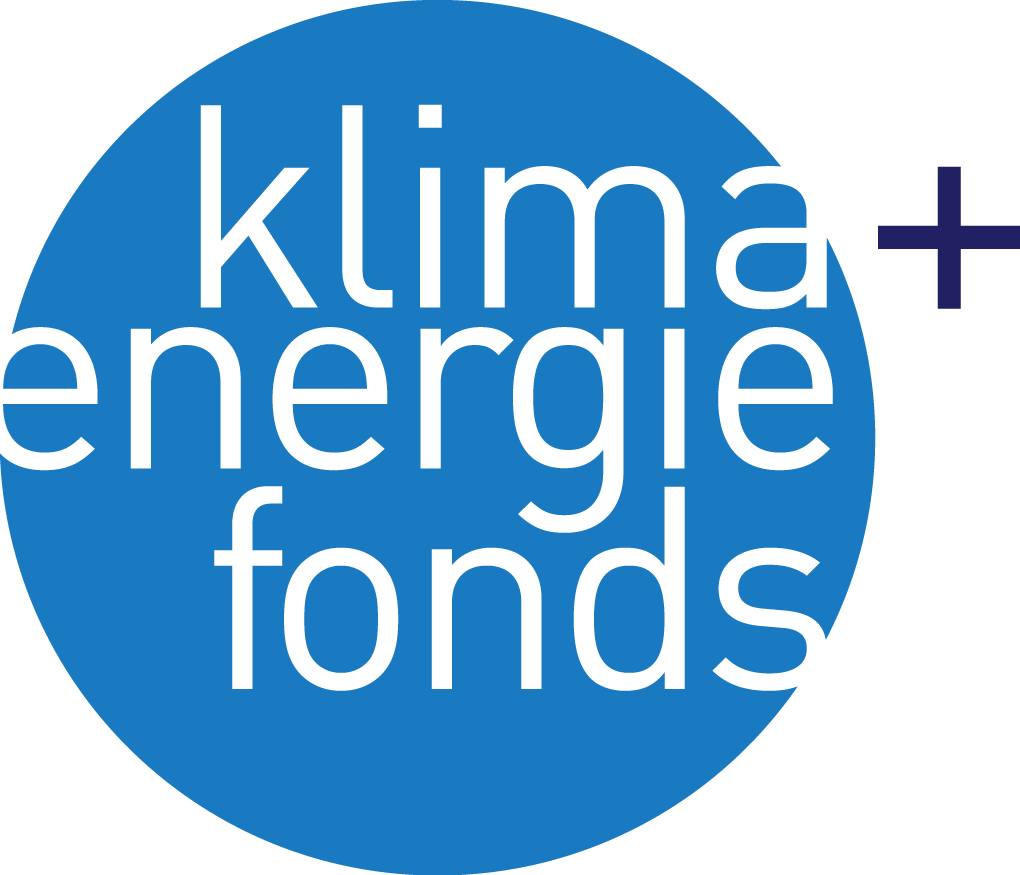In our latest publication in Journal of Biogeography led by Anna Schertler, we examine the global biogeography of 100 alien fungi and fungus-like oomycetes pathogenic to plants or animals that have substantial socio-economic and environmental impacts.

Peronosporomycetes (Oomycota) were overrepresented among taxa and regional taxon richness was positively correlated with area and sampling effort. While no island effect was found, likely due to host limitations, hotspots were correlated with human modification of terrestrial land, per capita gross domestic product, temperate and tropical forest biomes, and orobiomes. Regional first records have increased steeply in recent decades. While Europe and Northern America were major recipients, about half of the taxa originate from Asia.
We highlight the putative importance of anthropogenic drivers, such as land use providing a conducive environment, contact opportunities and susceptible hosts, as well as economic wealth likely increasing colonisation pressure. While most taxa were associated with socio-economic impacts, possibly partly due to a bias in research focus, about a third show substantial impacts to both socio-economy and the environment, underscoring the importance of maintaining a wholescale perspective across natural and managed systems.
Check out the full publication: https://onlinelibrary.wiley.com/doi/full/10.1111/jbi.14755

